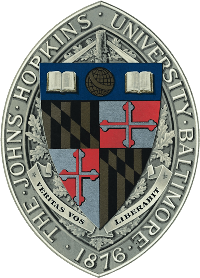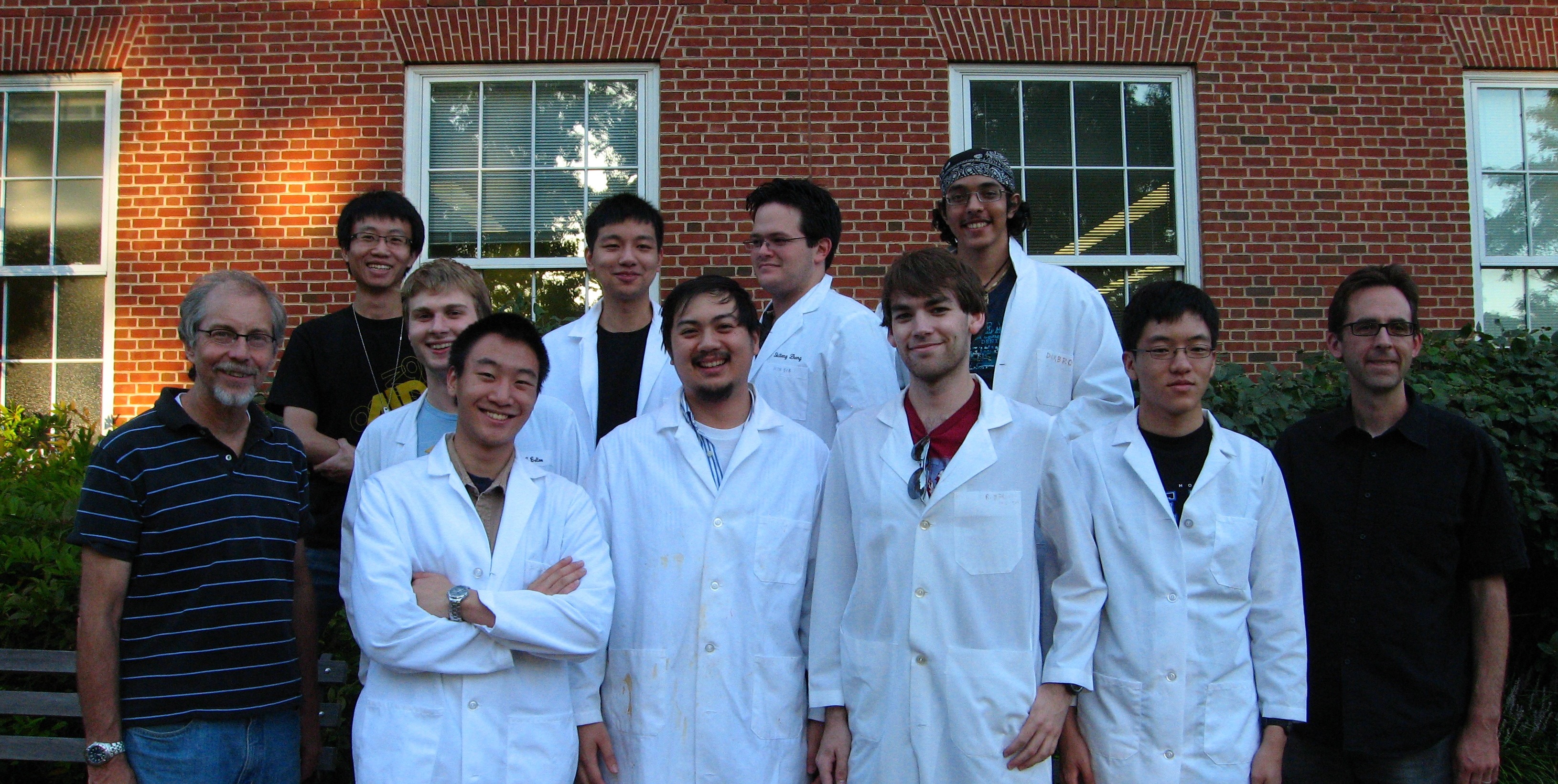 Johns Hopkins University Seal |
Genetically engineered Saccharomyces cerevisiae that is responsive to voltage signals at a transcriptional level.
Using our specifically designed CRZ1 binding elements in tandem with fluorescent reporter genes, we characterized calcineurin-CRZ1 mediated calcium response pathway in yeast. In doing so we have taken the first step in creating an interface between cellular systems and computers by allowing cells to respond to voltage signals, the language of computers.
Possible applications:
- We see large scale applications in synthetic biology, for the integration of computer controlled voltage signals into gene expression control. We want to create a system where genes can be turned on and off with voltage signals that be delivered at precise and arbitrary intervals by computers, without having to deal with a hundred different and potentially costly chemical reagents. In effect, we want to make biology more easily engineerable.
- We are looking into inducing the URA3 gene (required for uracil synthesis) in a URA3 null mutant to create yeast cells whose growth is dependent on a voltage signal. For example, this might take the form of a system whereby an SMS "text" message could be sent to a computer, which would stop electrostimulating cells, turning off uracil synthesis. This way, a text message could effectively "turn off" cells without the need to even come into the lab!
- We imagine that a voltage activated transcriptional response might be very useful in cardiovascular research. For example, it might be used to model arrhythmias in cardiac tissue, because using our system of voltage (or calcium influx) activated transcription it might be possible to weed out cells displaying action potentials, like live muscle cells that are contracting. We hypothesize this could be done by causing a selectable transcriptional response to the calcium influx of the action potential.
- We believe that the concept of voltage controlled transcription in yeast might have large industrial applications, specifically in the field of fermentation. By designing yeast that are taken in and out of the growth cycle by simple voltage signals we would be able to dynamically control, for example, yeast population density and hence fermentation rates in bioreactors. In theory, however, this voltage control could be tuned to modulate nearly any cellular behavior in any organism with a nucleus.
|
 "
"


